




Author: Dr. Garima Bishwas
Yoga 0
Groin pain is a common but often misunderstood condition that can affect people of all ages and activity levels. From athletes involved in high-intensity sports to individuals with sedentary lifestyles, groin pain can arise due to various reasons. While it may be mild in some cases, persistent or severe groin pain can indicate a more serious underlying issue.
Early diagnosis is crucial for effective management and to prevent complications. Understanding the cause of groin pain and addressing it promptly can lead to a faster recovery and improved quality of life.
What is Groin Pain?
Groin pain refers to discomfort or pain felt in the area where the abdomen meets the inner thigh. It can be sharp, dull, or aching and may develop suddenly or gradually over time.
Common locations affected:
-
Inner thigh
-
Lower abdomen
-
Hip region
Acute vs. Chronic Pain:
-
Acute groin pain usually occurs suddenly due to injury or strain.
-
Chronic groin pain may persist for weeks or months and often results from overuse or underlying medical conditions.
Types of Groin Pain
-
Acute: Caused by sudden movements or injuries, common in athletes.
-
Chronic: Long-term discomfort due to repetitive stress or unresolved injuries.
Pain Classification
-
Muscular pain: Caused by strain or overuse of muscles and tendons.
-
Referred pain: Originates from other areas like the lower back or hip.
-
Nerve-related pain: Linked to nerve compression or irritation.
Causes of Groin Pain
1. Musculoskeletal Causes
a. Muscle or Tendon Strain
This is one of the most frequent causes of groin pain, particularly in athletes. It usually results from overstretching or tearing of the adductor muscles.
b. Sports Hernia (Athletic Pubalgia)
Common among athletes, it results from repetitive twisting or turning motions and leads to chronic groin pain.
c. Osteitis Pubis
This condition involves inflammation of the pubic symphysis and surrounding muscles, often due to repetitive stress.
d. Psoas Syndrome
Tightness or inflammation in the psoas muscle can lead to groin pain and lower back discomfort.
2. Other Causes
a. Inguinal or Femoral Hernia
A hernia occurs when tissue pushes through a weak spot in the groin muscles, creating a bulge and causing pain.
b. Swollen Lymph Nodes
Often due to infection or inflammation, swollen nodes in the groin can lead to tenderness and discomfort.
c. Kidney Stones or Urinary Infection
Groin pain may also result from referred pain due to kidney stones or UTIs.
d. Hip Joint or Spine Issues
Conditions like arthritis or a herniated disc can cause referred pain in the groin.
e. Gynecological Conditions (in Females)
Endometriosis, ovarian cysts, or pelvic inflammatory disease can lead to groin discomfort.
Symptoms of Groin Pain
1. Common Symptoms
-
Aching or sharp pain in the inner thigh or lower abdomen
-
Swelling, bruising, or tenderness
-
Pain aggravated by walking, running, or leg movements
2. Warning Signs
-
A visible bulge, which may indicate a hernia
-
Fever, chills, or nausea
-
Difficulty urinating or pain during urination
-
Radiating pain to other parts of the leg or back
When to See a Doctor for Groin Pain
Seek medical attention if:
-
Pain persists beyond a few days.
-
Symptoms worsen despite home care.
-
You notice signs of infection or hernia.
-
Pain interferes with daily activities.
Diagnosis of Groin Pain
1. Physical Examination
-
Palpation: The doctor checks for tenderness, swelling, or lumps.
-
Mobility Tests: Assesses range of motion and pain with movement.
-
Range of Motion Check: Identifies limitations or discomfort during leg lifts and stretches.
2. Diagnostic Tests
-
Ultrasound: Helps detect hernias or soft tissue injuries.
-
MRI or CT Scan: Provides detailed images of muscles, tendons, and bones.
-
Blood and Urine Tests: Used to rule out infections or other systemic issues.
Treatment Options for Groin Pain
1. Home Remedies
a. Rest and Ice
Reducing activity and applying ice can help minimize inflammation and pain.
b. Over-the-Counter Pain Medication
NSAIDs like ibuprofen can relieve pain and reduce swelling.
c. Gentle Stretching
Light stretches can improve flexibility and prevent stiffness.
2. Medical Treatments
a. Physical Therapy
Targeted exercises help strengthen the core, hips, and groin muscles.
b. Antibiotics (for Infection)
Necessary if the cause of groin pain is bacterial.
c. Surgery
Required for severe injuries, hernias, or conditions unresponsive to conservative treatment.
3. Long-term Management
a. Chronic Pain Programs
Tailored rehabilitation programs to address long-term discomfort.
b. Lifestyle Changes
Maintaining a healthy weight and avoiding repetitive strain can prevent recurrence.
Groin Pain Recovery and Prognosis
-
Strains usually heal within 4–6 weeks with proper care.
-
Hernia surgeries may require longer recovery but offer long-term relief.
-
Prognosis is excellent with timely diagnosis and treatment, though recurrence is possible without proper rehab.
Groin Pain Prevention Tips
-
Always warm up before physical activity.
-
Incorporate core and hip strengthening exercises into your fitness routine.
-
Use proper techniques when lifting objects and avoid overexertion.
Conclusion
Groin pain can stem from a wide range of causes, from simple muscle strains to serious medical conditions. Recognising the symptoms of groin pain early and understanding its root cause is crucial for effective treatment. Always consult a healthcare provider for persistent or severe symptoms. Early intervention and a tailored rehabilitation plan can make all the difference in recovery and quality of life.
Frequently Asked Questions
Add comment

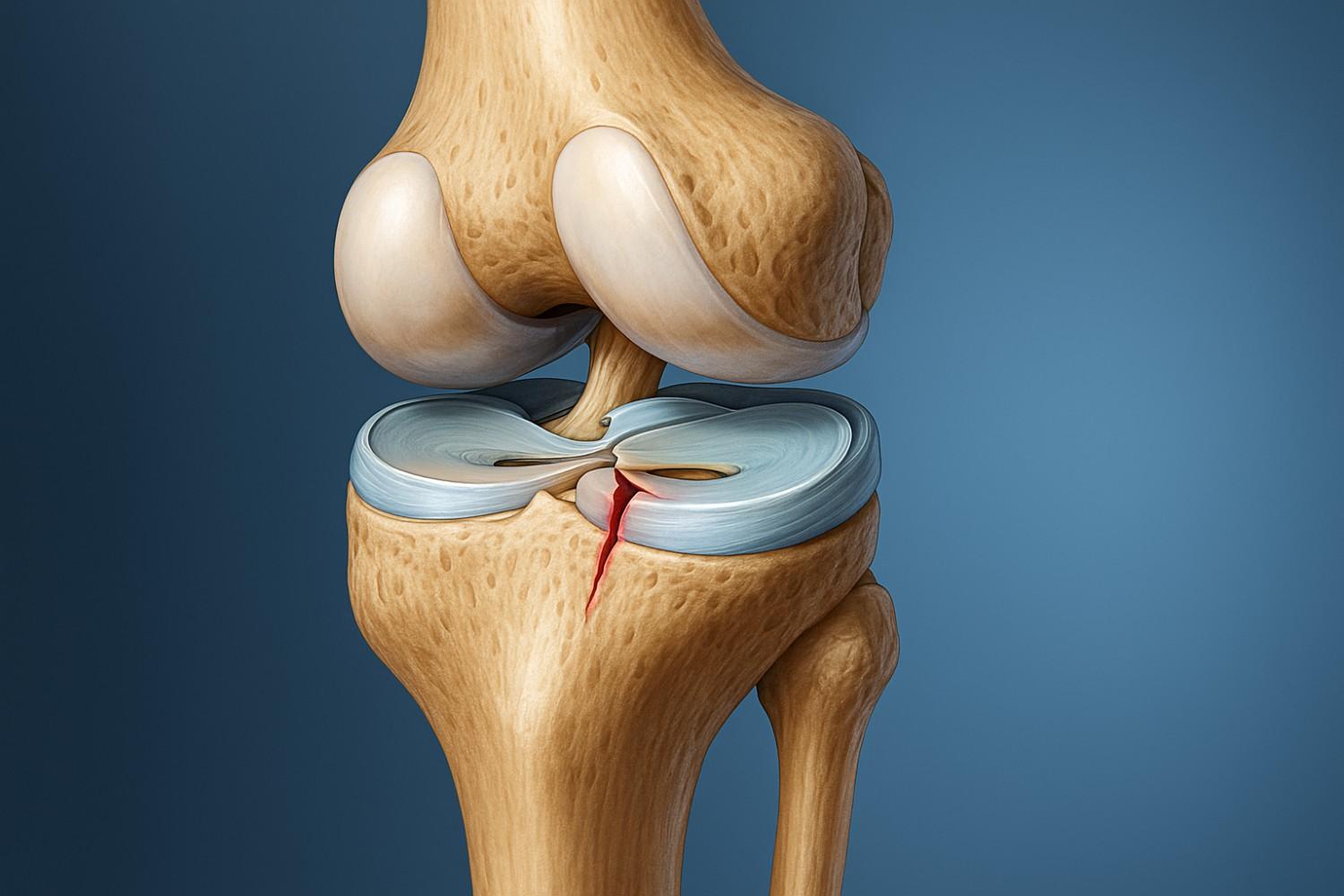
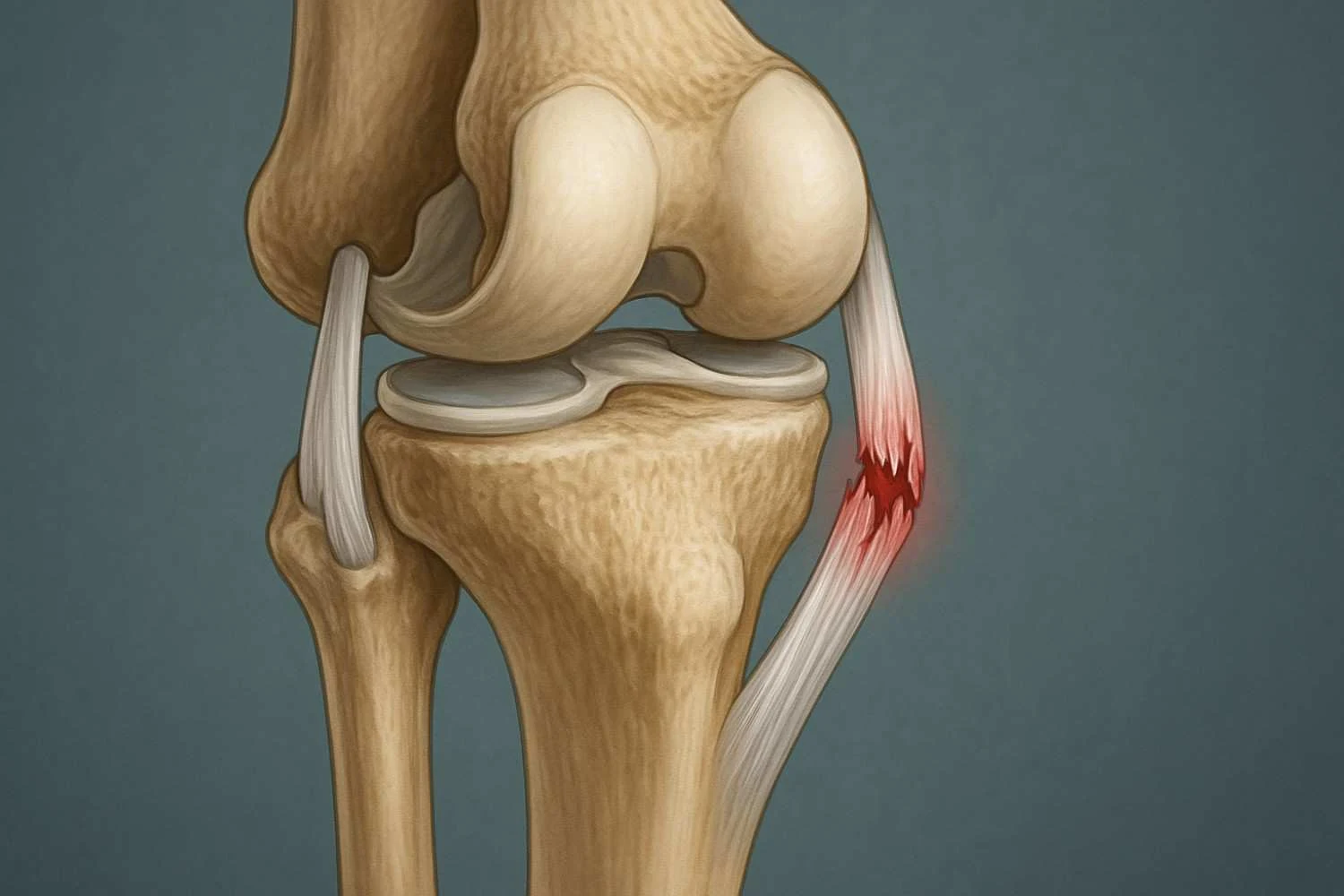


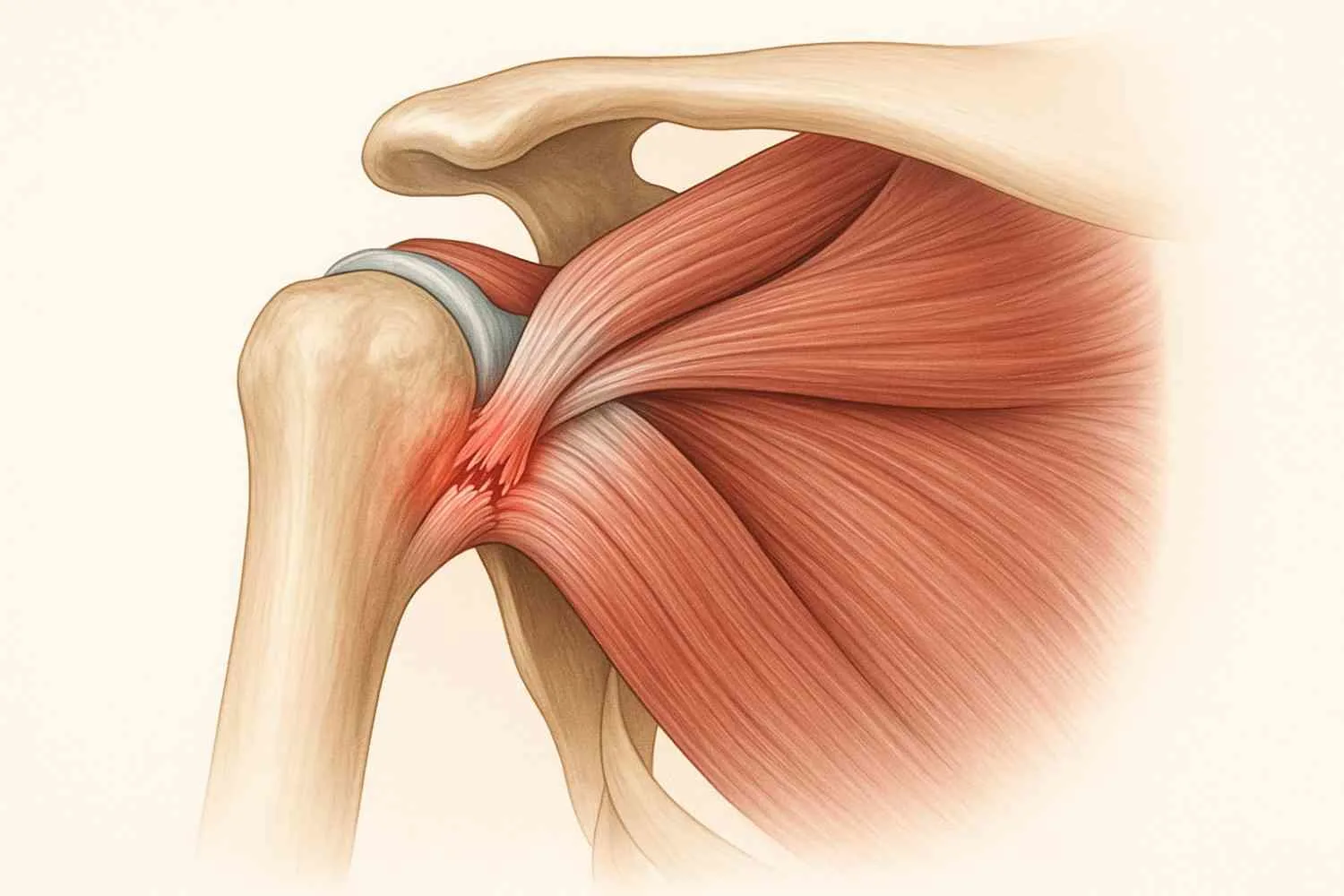
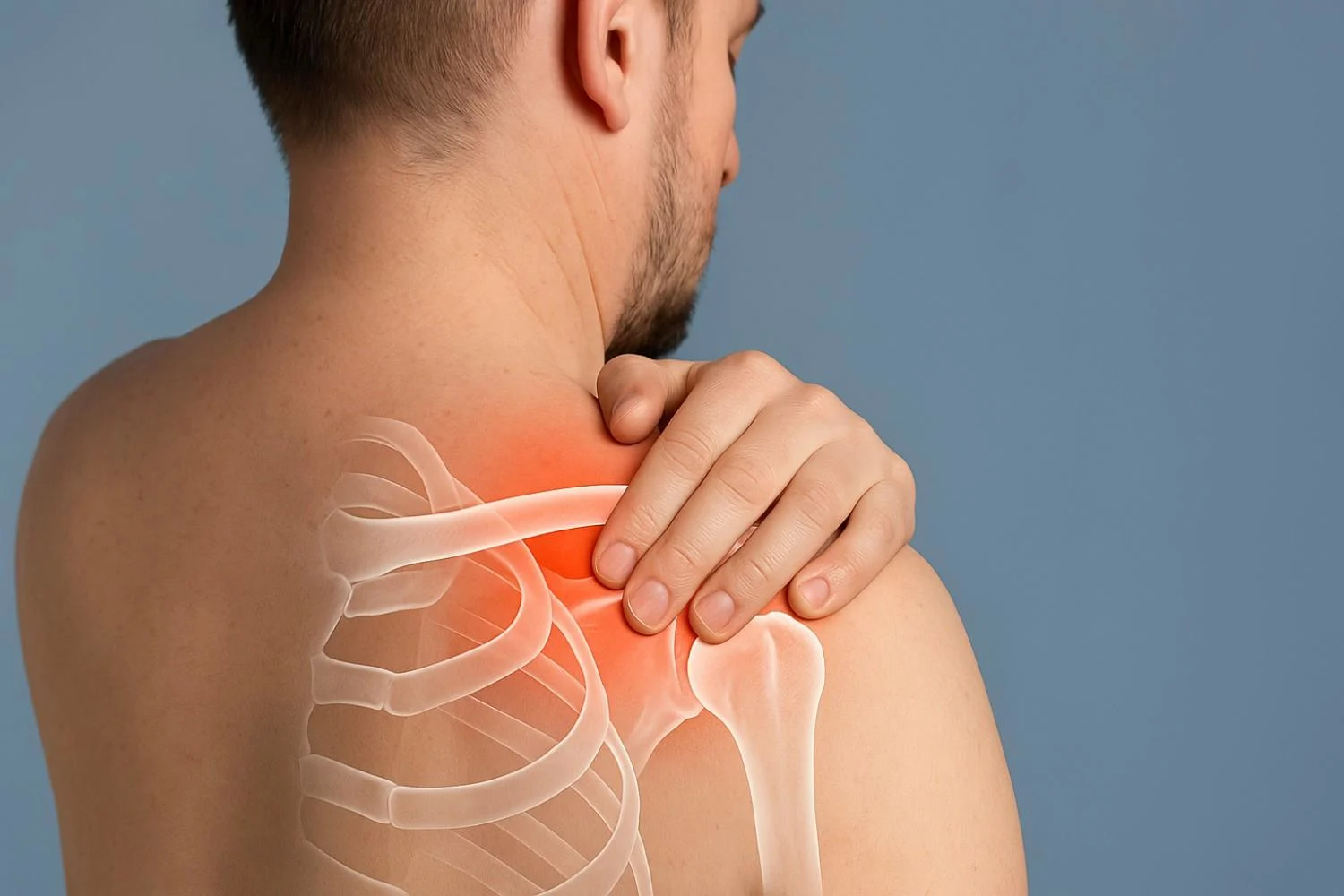
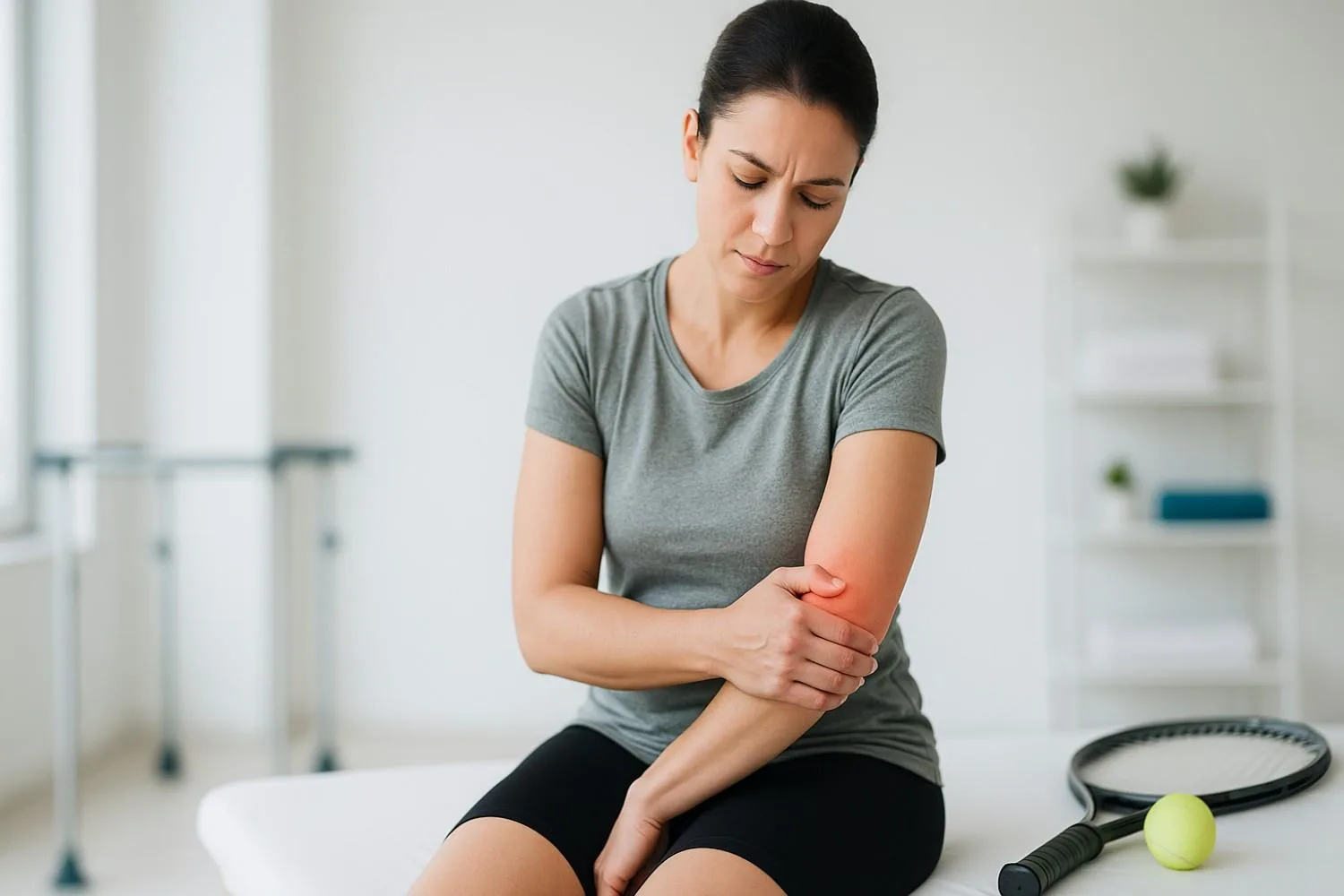



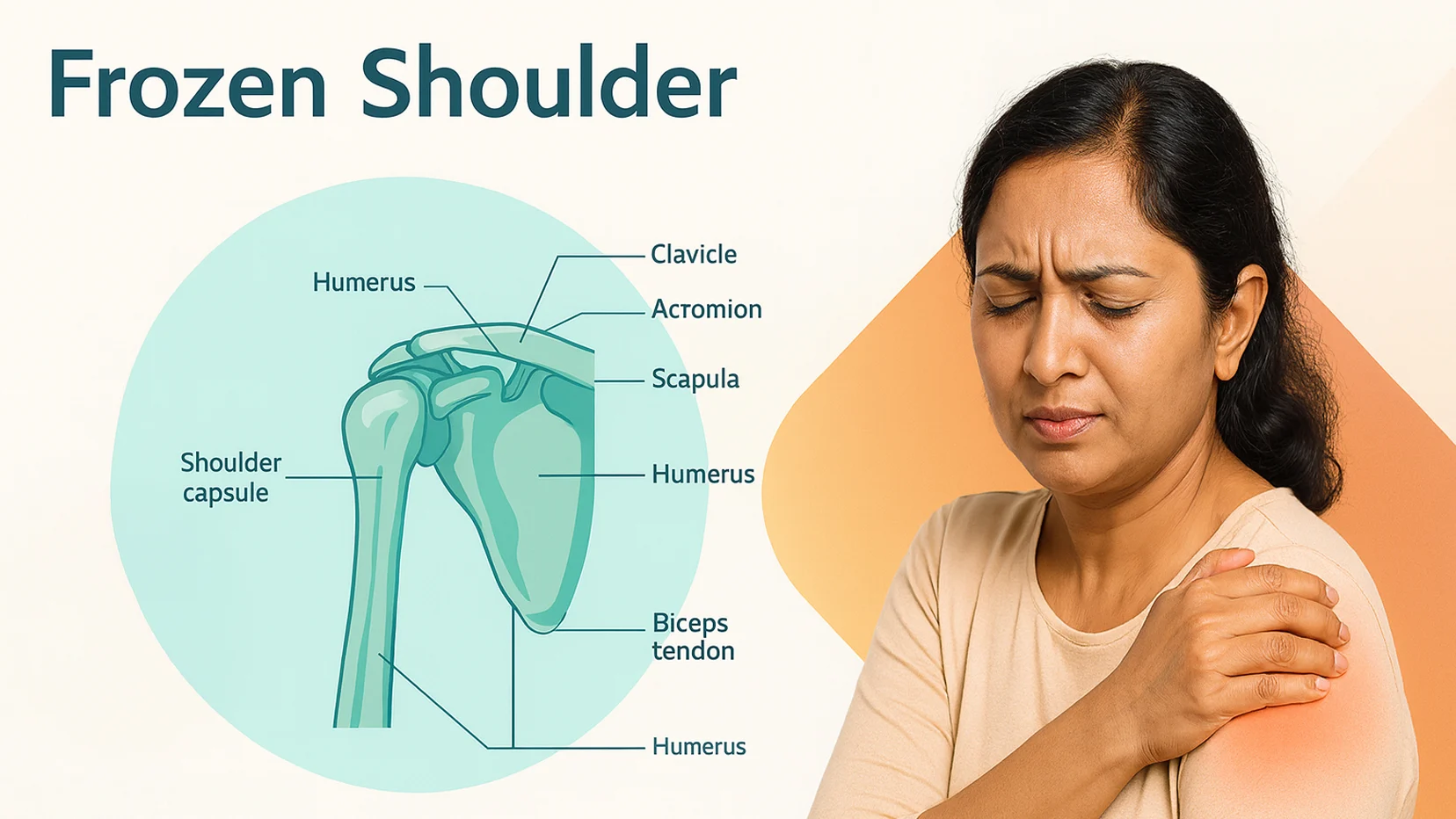

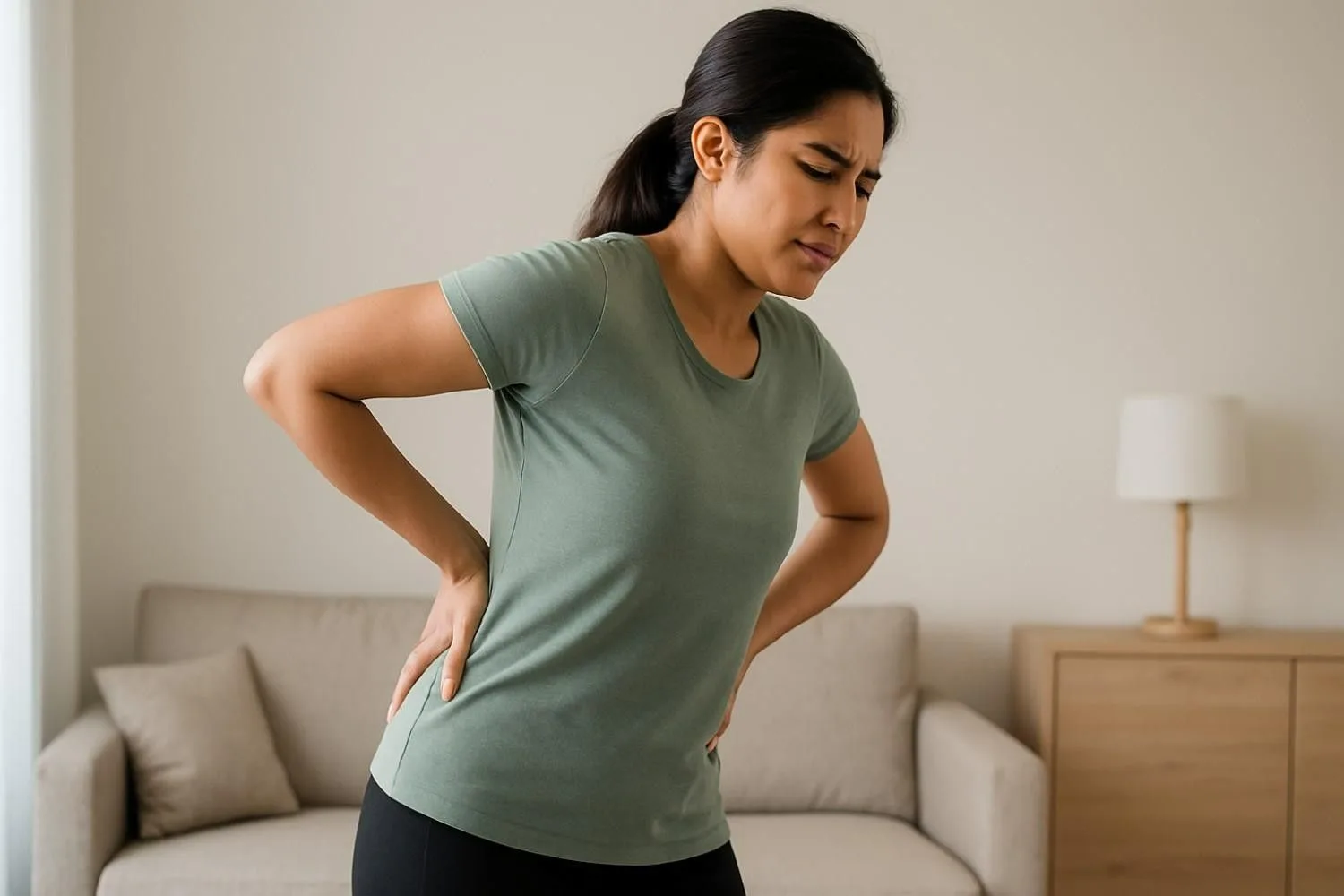
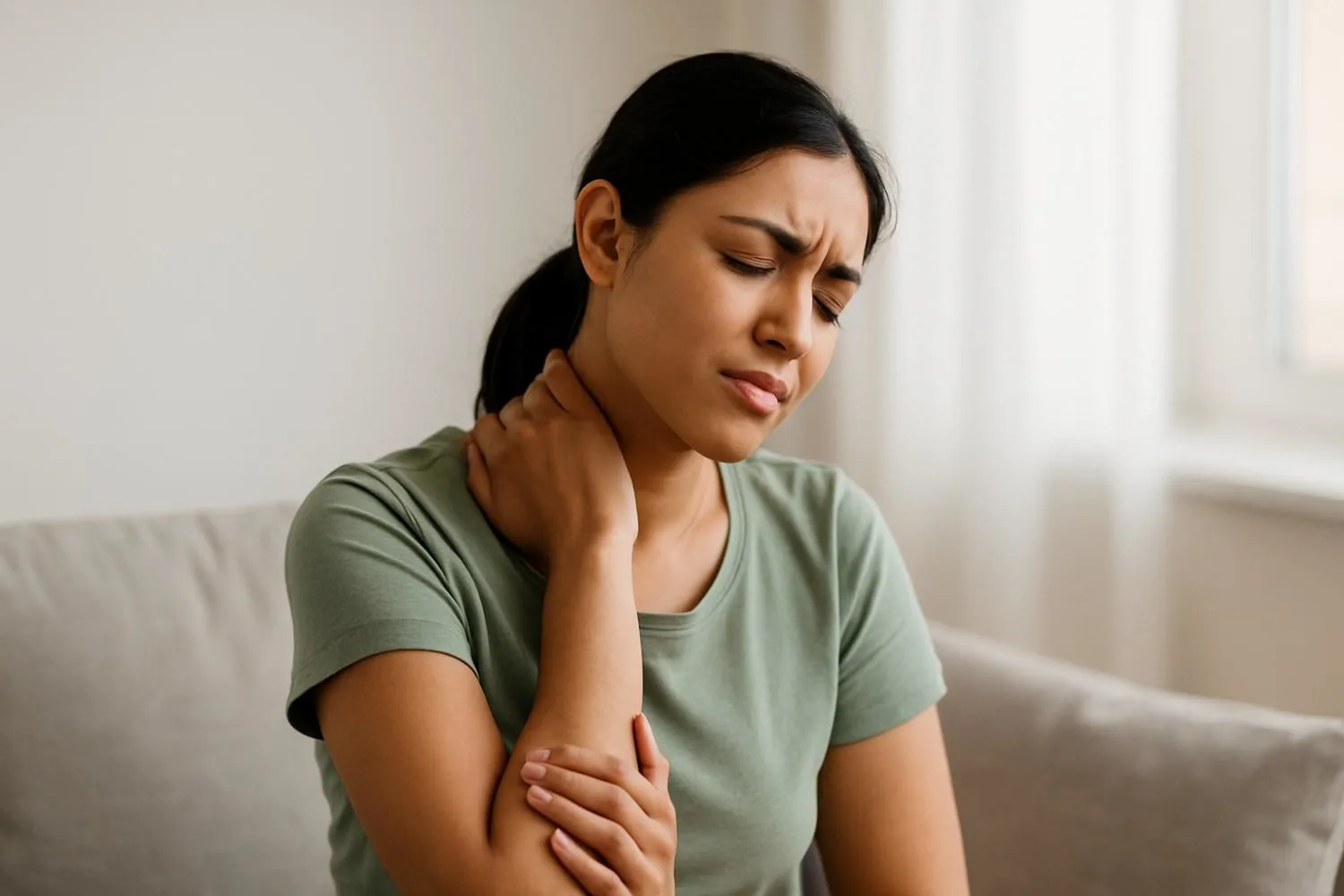
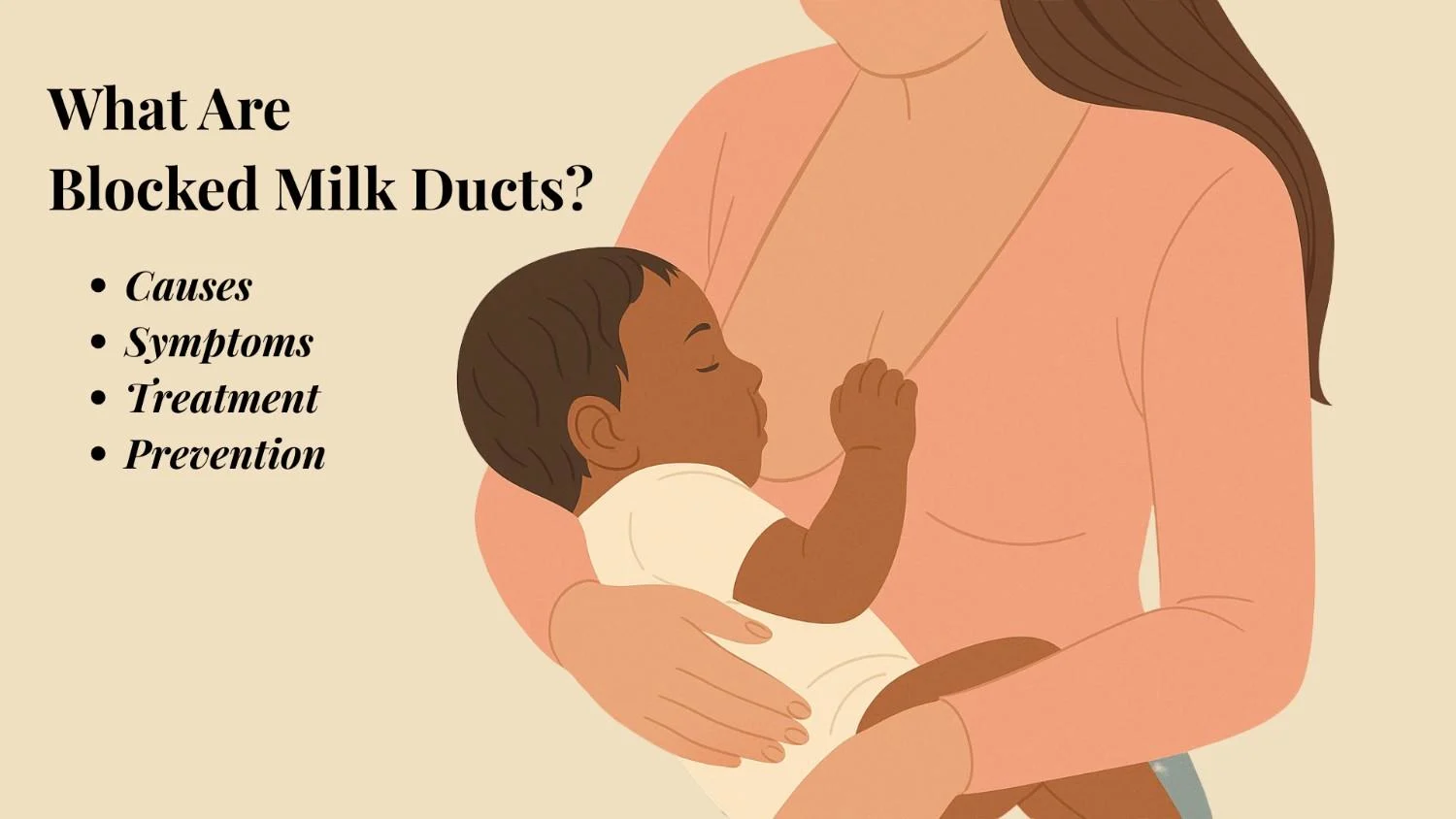
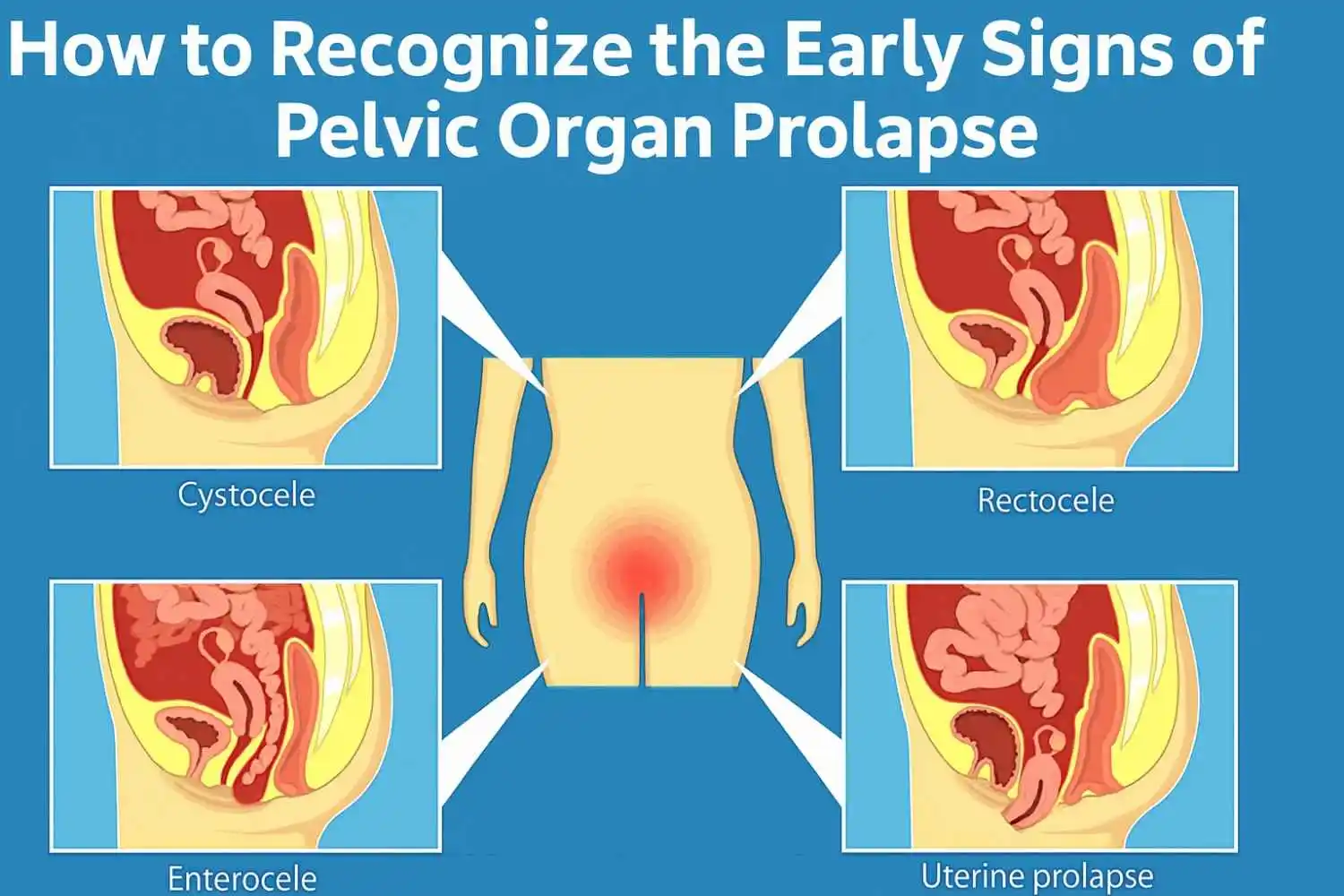
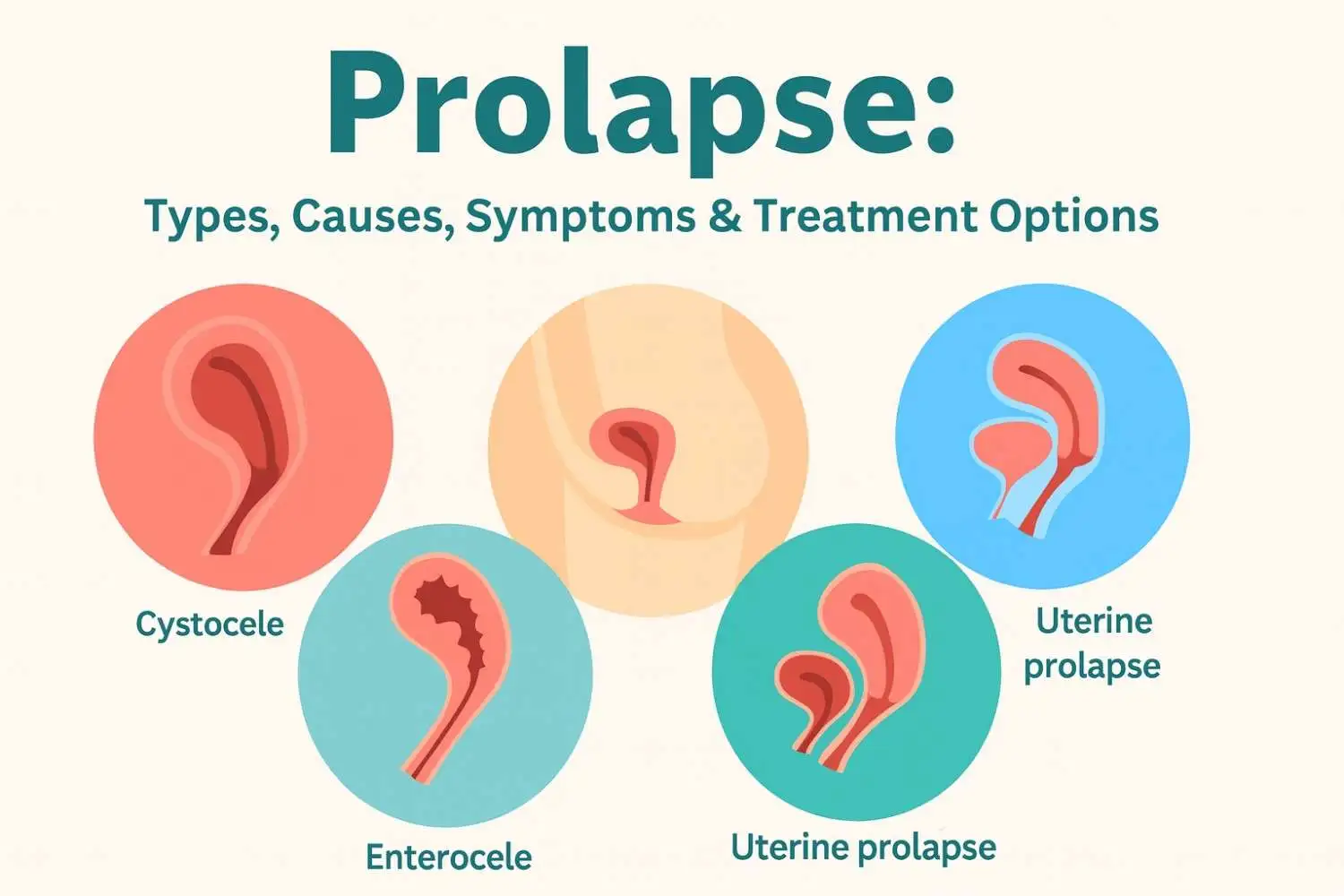









.webp)





.jpg)






































